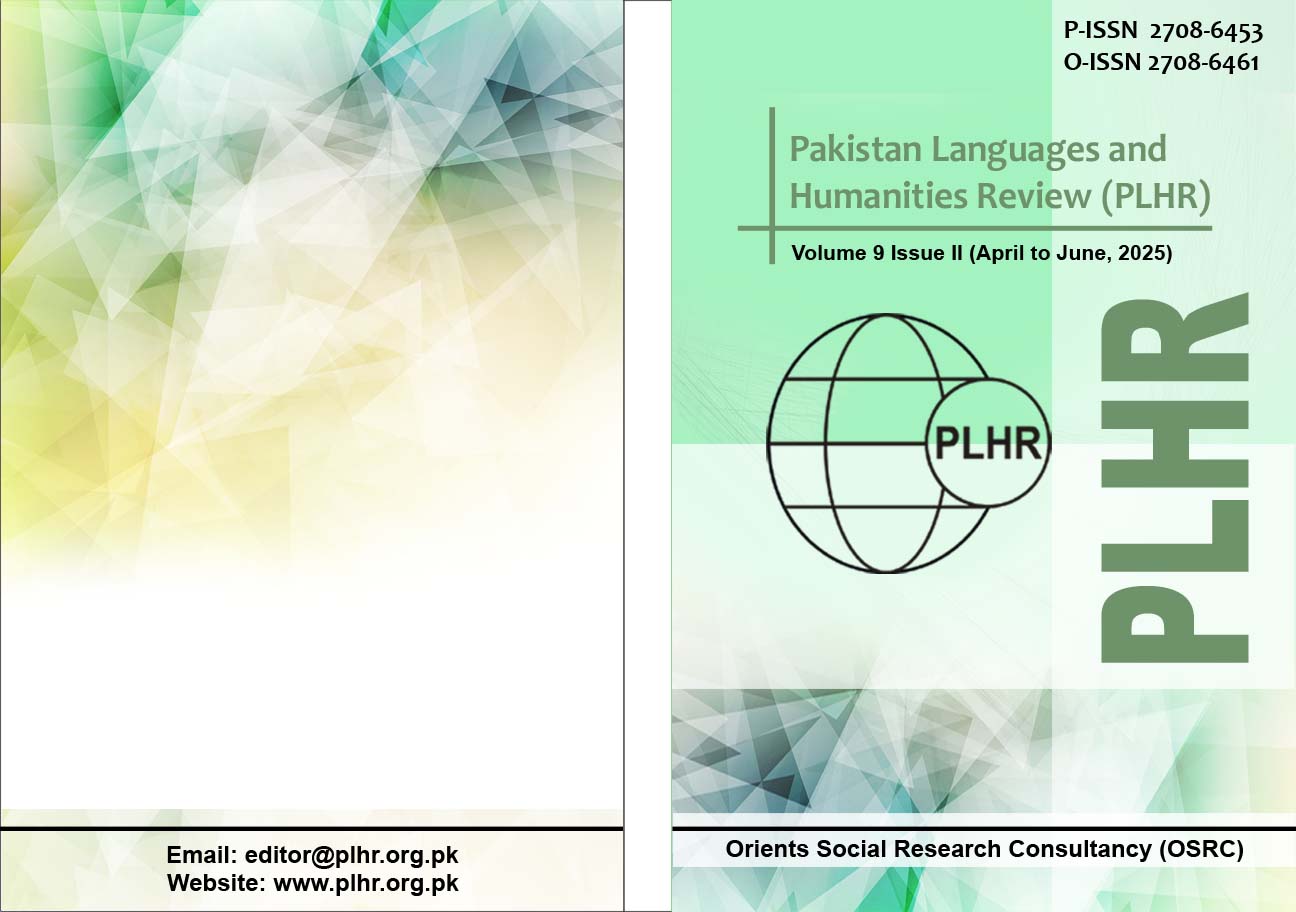Socioeconomic Background as a Factor Contributing in Semilingualism
DOI:
https://doi.org/10.47205/plhr.2025(9-II)10Keywords:
Semilingualism, Bilingualism, Plurilingualism, Socio Economic FactorsAbstract
This paper investigates the role of socioeconomic background as a significant contributing factor to the phenomenon of semilingualism, especially in underprivileged areas in Pakistan. Semilingualism describes an individual who has limited skills in multiple languages which yields inadequate communication with reduced cognitive growth. This study design involves the collection of qualitative data by conducting semi-structured interviews and direct observations with a total of 100 participants, including university and college students. Cummins' threshold hypothesis together with critical capitalist perspectives to evaluate how social economic inequality affects bilingual and multilingual language development patterns through their analysis of gathered data. Research findings demonstrate that students from under privileged backgrounds face restricted language growth because they lack enough language exposure in their native tongue and their additional language. Moreover, this study explores the multifaceted relationships between economic status and linguistic progress while offering beneficial solutions to educational administrators who work to achieve linguistic justice and bilingual excellence among students from different backgrounds.
Downloads
Published
Details
-
Abstract Views: 202
PDF Downloads: 179
How to Cite
Issue
Section
License
Copyright (c) 2025 Pakistan Languages and Humanities Review

This work is licensed under a Creative Commons Attribution-NonCommercial 4.0 International License.

ORIENTS SOCIAL RESEARCH CONSULTANCY (OSRC) & PAKISTAN LANGUAGES AND HUMANITIES REVIEW (PLHR) adheres to Creative Commons Attribution-Non Commercial 4.0 International License. The authors submitting and publishing in PLHR agree to the copyright policy under creative common license 4.0 (Attribution-Non Commercial 4.0 International license). Under this license, the authors published in PLHR retain the copyright including publishing rights of their scholarly work and agree to let others remix, tweak, and build upon their work non-commercially. All other authors using the content of PLHR are required to cite author(s) and publisher in their work. Therefore, ORIENTS SOCIAL RESEARCH CONSULTANCY (OSRC) & PAKISTAN LANGUAGES AND HUMANITIES REVIEW (PLHR) follow an Open Access Policy for copyright and licensing.







